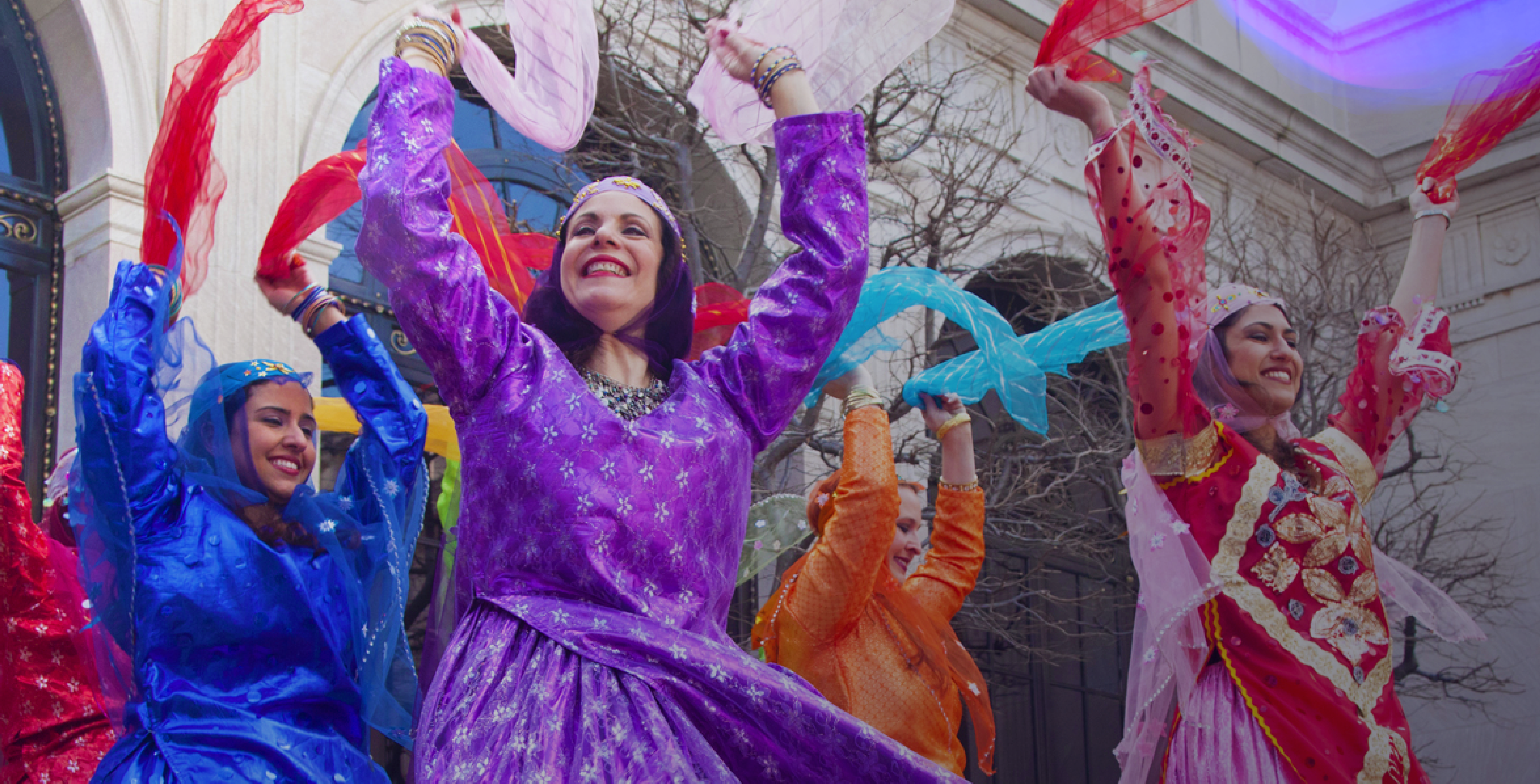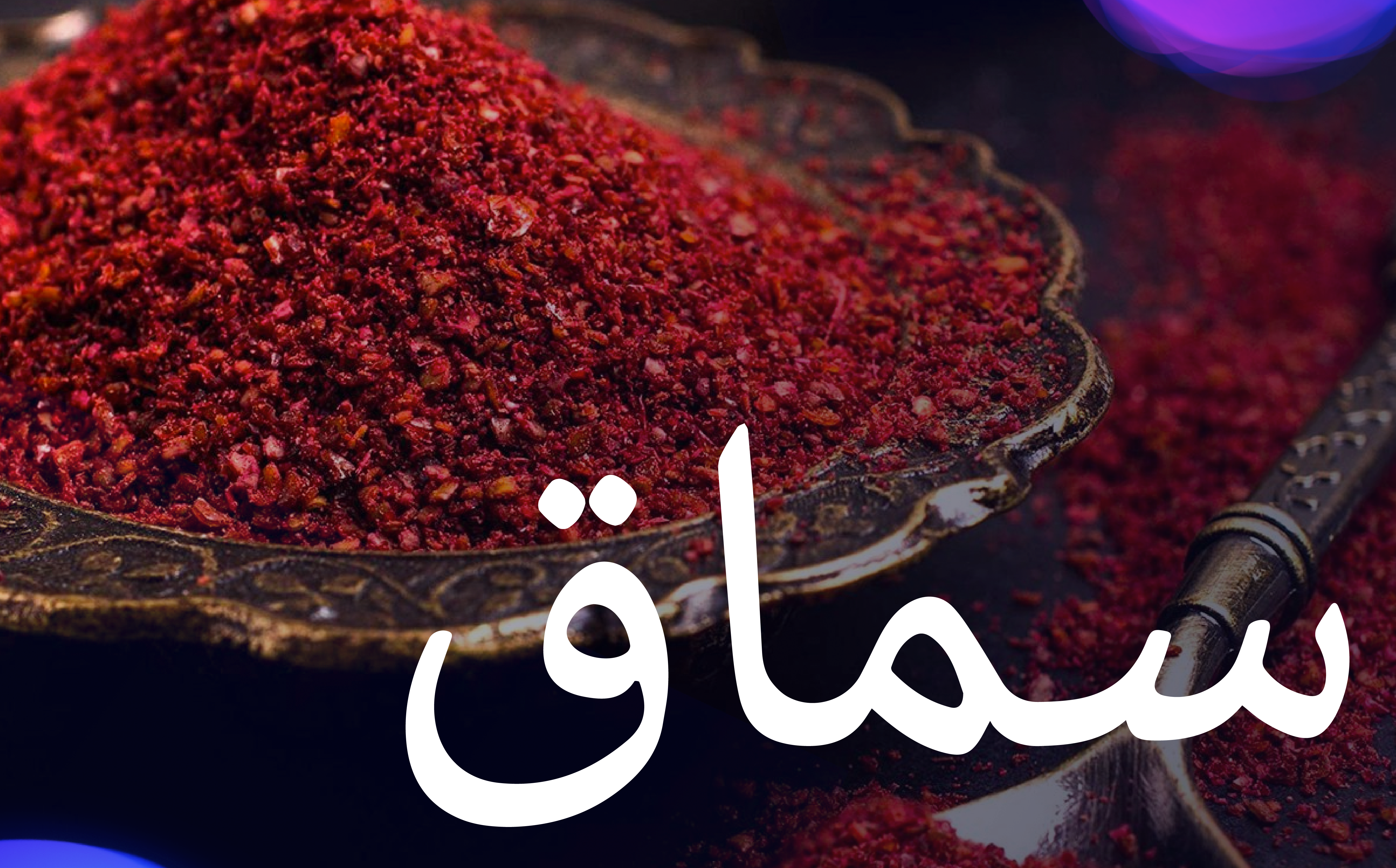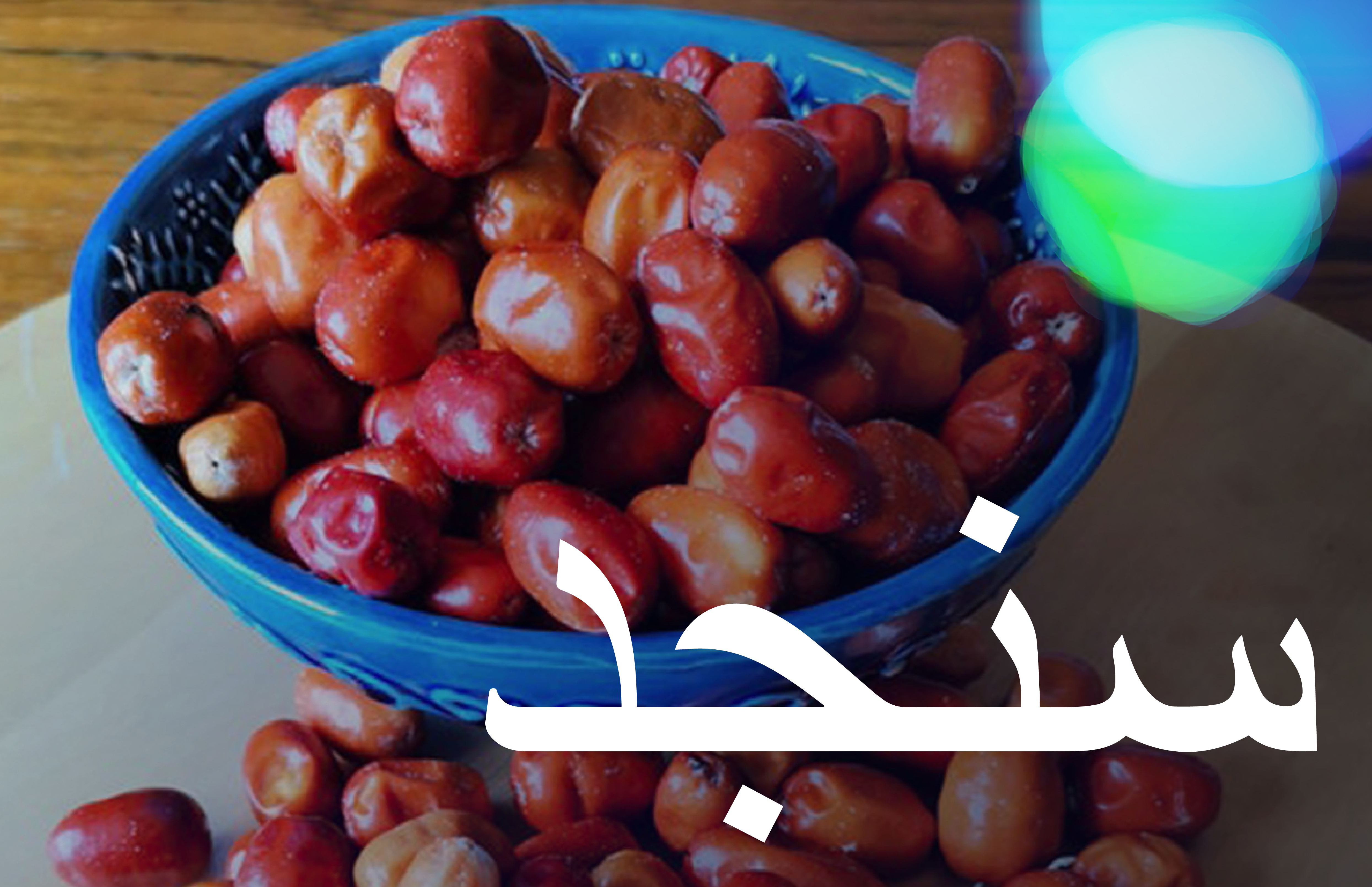
Have you ever celebrated New Year at precisely 3:55:26 in the afternoon? Many Persians across the UK and GMT zone will be celebrating at this exact time on March 20th 2022. This is known as Nowruz or Persian New Year, celebrated at the exact millisecond across the world like this year it is 3.55pm in the UK, and 11.55am in NY. While most of the world uses the Gregorian calendar, Persians use the Hijri calendar - which started in the year 622 AD. So while you are signing IO’s in the year 2022, we will be welcoming in the year 1401. This moment is also the Spring Equinox, marking the time of renewal in Nature.
As part of centuries-old tradition, people set up decorative tables for the day called the “Haft-Sin”, with many symbolic pieces. Haft-sin or Haft-seen is an arrangement of seven symbolic items whose names start with the letter “س” pronounced as "seen”, the 15th letter in the Farsi alphabet. Each item carries its symbols and meaning as a point of focus for going into the new year. Sabzeh is a symbol of rebirth and renewal of nature. Samanu represents fertility and the sweetness of life. Senjed is for love and affection. Serkeh (vinegar) symbolizes patience and age. Seeb (apple) is a symbol of health and beauty. Seer (garlic) is for good health and Sumac (crushed spice of berries) symbolizes the sunrise and the spice of life. Many don’t stop there and overdeliver with Persian sweets, mirrors, candelabras and fish for more nature and light. Similar to Easter, we also color and decorate eggs to put on the table as another ode to the natural coming of Spring.

It truly is an elaborate celebration of all the natural gifts the rebirth of spring brings to us. We sit around the table and countdown, just like in December, all wearing brand new clothes. Once the clock strikes midni… well, the right time depending on where you are, you eat a sweet to kick off a sweet new year, and take the time to call your elders across the world. My mom goes to town burning Esfand around the house, similar to a saging in the western world.
There are two other core events around the actual turn of the year, including Charshambeh Soori and Seezdeh Bedar. While Seezdeh Bedar is mainly an elaborate picnic outside to celebrate nature, where you make your new year’s wish (by tying the grass/Sabzi from your Haft-Sin and throwing it into a moving current), my favorite is Charshambeh Soori. No need to Google translate as I can explain. Charshambeh Soori is a festival celebrated on the eve of the last Wednesday before the new year - basically the last Tuesday night of the year. It is a holiday with many components which Deliveroo cannot supply - a bit like your Christmas Figgy Pudding. Jumping over the fire is at the core of event: as the sun sets, you jump over the bonfires chanting “zardi-ye man az to, sorkhi-ye to az man”, literally meaning "[let] my paleness yours, and your redness [be] mine“. It is meant to get rid of the illnesses/ailments (pale/yellows) of the previous year and pick up the strength and power (reds) of the fire for the new year. I can say I’ve not lost a single pair of pants (aka trousers) to the fire throughout my life, but a shoelace or two may have been sacrificed.

All in all, it is the main event of the year in our culture, and growing up Persian in the US meant that we had to work harder to preserve and carry these traditions. When my parents immigrated to the US, my mother was the keen driver of making sure we never forgot our roots. When I was at school, she would even come into my very American classrooms and teach my classmates about the new year. You could say the baton has now passed to me. It is the best time of year to gather the family, eat LOTS of food (read: rice) and assess the year ahead. For some, it gives them a part 2 for their New Year’s Resolutions from December. Come April 1st, I might actually make it to the gym.
Saal-eh Mobarak or سال نو مبارک to you all!

Kayvon Mesbah
Account Director – Merkle B2B
